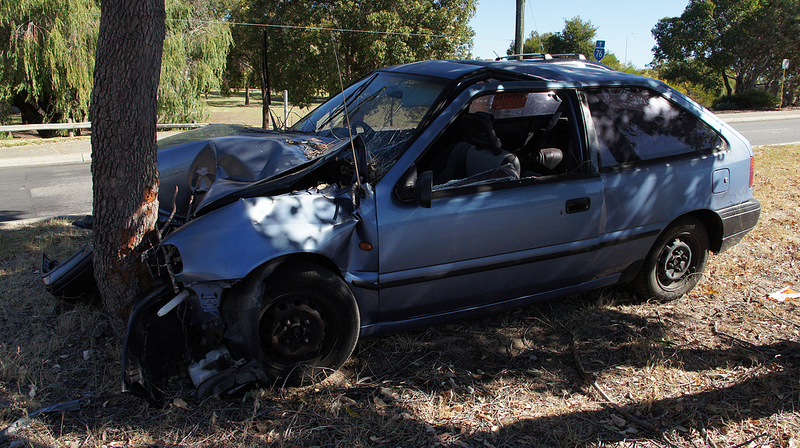Ghosts and Vampires = Not just ghosts and vampires
- Vampires seek out youth and innocence
- Vampires steal and destroy said youth and innocence
- Doesn’t always appear as a supernatural being
- A vampire is any person who selfishly puts their needs over someone else’s; who exploits others
- Ghosts are usually there to give insight or lessons to characters
Dracula, Hamlet, A Christmas Carol, The Strange Case of Dr. Jekyll and Mr. Hyde, Interview with the Vampire, Buffy the Vampire Slayer, Twilight, The Turn of the Screw, The Sacred Fount, The Metamorphosis, Women in Love, A Severed Head, The Unicorn, Tess of the D’Urbervilles
Pop Culture:
The “teen vampire era” (the last decade of the twentieth century to the present) was most likely started by Anne Rice’s Interview with the Vampire and continued by shows and books such as Buffy the Vampire Slayer and Twilight.
Background:
Many pieces of literature involving the supernatural came from the Victorian era. This is because subjects such as sex and sexuality were considered taboo and it was more socially acceptable to morph the subjects while keeping the same idea.
Example found in television, film, or book:
In the television series The Vampire Diaries, a vampire named Damon uses mind control on and drinks blood from a human named Caroline. By using mind control, Damon can selfishly manipulate Caroline to do whatever he wants without question from her. The exploitation of an innocent person is a stereotypical behavior of vampires.
An example of figurative vampires could be within the movie Taken, in which a young girl is kidnapped and thrown into human trafficking. Along the way the audience is able to see the “vampires” of the movie, the traffickers, who kidnap the innocent girls, putting their wants over the young women’s needs.
Photo credit: Len Radin via Foter.com / CC BY-NC-SA












2 Comments
I really like how your rule explains everything but is also short and to the point.
Example: The lovely Bones is a good example of how a “vampire” steals the youth and innocence of some one. An older man (the vampire in this story) rapes and murders (steals youth and innocence) a young girl. The young girl watches her grieving family from the afterlife while trying to balance her thirst for revenge so with he desire for her family to heal.
I liked how you kept your rule short but very interesting and informative.
Example: The Lovely Bones. The lovely Bones is a good example of how a “vampire” steals the youth and innocence of someone. An older man (the vampire in this story) makes his needs more important than a teenage girl’s when he rapes and murders (steals youth and innocence) her. The teenage girl watches her bereaved and grieving family from the afterlife while trying to balance her need for retribution with her desire for her family to heal.